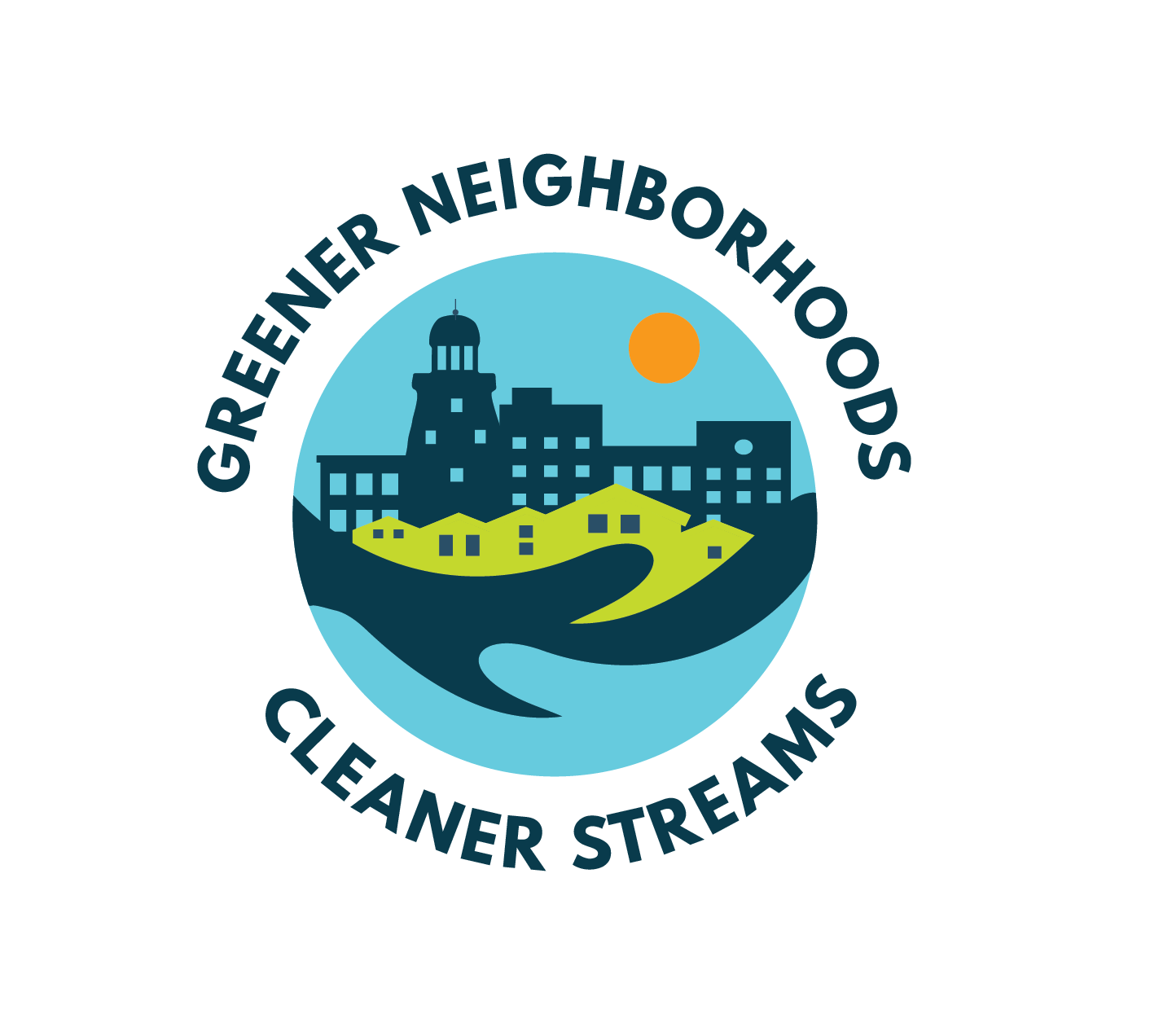Pollution Profile: Chlorides
Each winter we use products with chloride in it (road salt) to keep us safe while driving on our snow and ice-covered roads. As that snow and ice melts, the salt dissolves into the water and flows downhill to our storm drains and ultimately our waterways.
Road salt is most often made of sodium and chloride, but there are other varieties of road salt like calcium chloride, potassium chloride, and magnesium chloride. These chemicals are picked up by stormwater runoff and pollute our soil and waterways. Once road salt is in our soil or water there is no natural way to breakdown, filter, or remove it from the environment. All it takes is one teaspoon of road salt to permanently pollute 5 gallons of freshwater.
You can reduce your use of road salt while staying safe by doing the following:
Apply salt before the storm. This will help prevent ice from forming.
Shovel early. The earlier you shovel, the harder it is for ice to form and the less salt you have to use.
Pay attention to the temperature. Sodium chloride, the most common and least expensive salt to use, stops working below 15°F.
Pay attention to how much you use. One pound of salt fits into a 12 oz. cup and is enough to treat 10 sidewalk squares or 20 feet of driveway.
Wear stabilicers while walking around outside.




